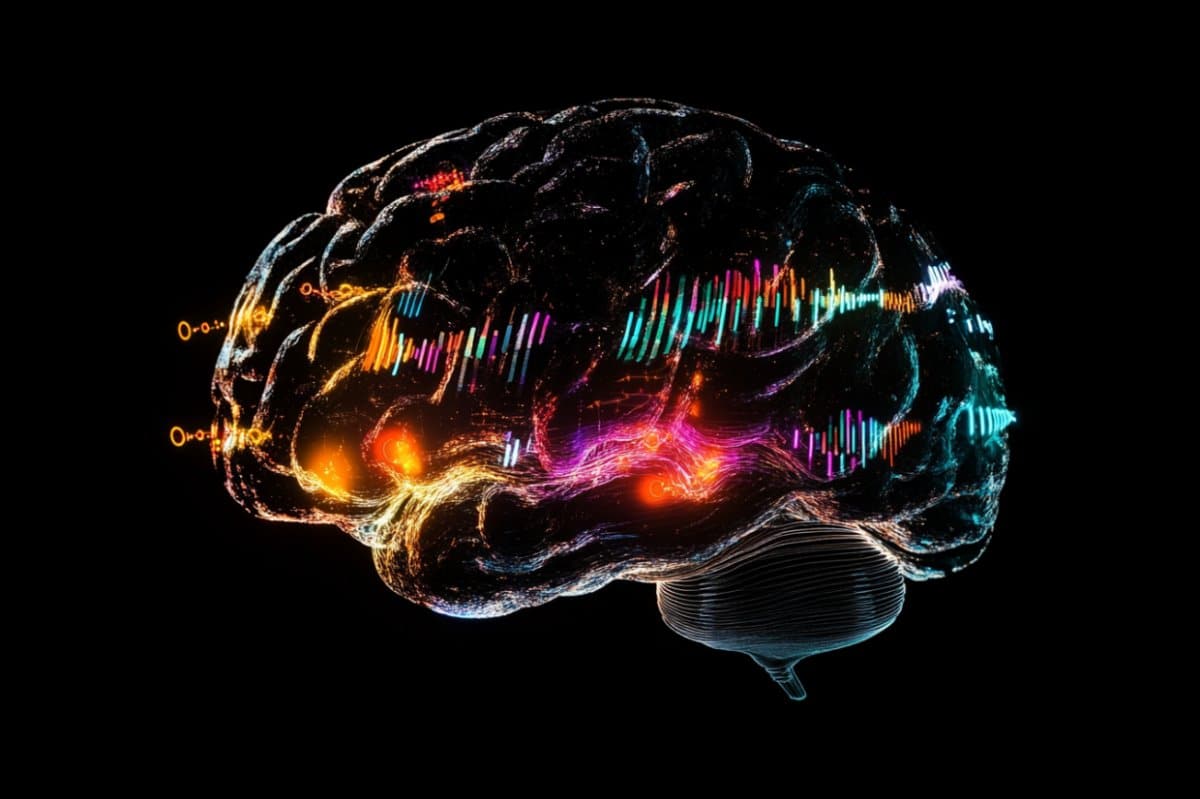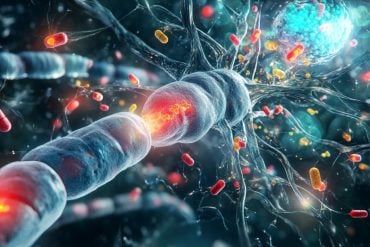Summary: Electroconvulsive therapy (ECT), long misunderstood due to outdated portrayals, remains the most effective treatment for severe, treatment-resistant mental illness. While traditionally thought to work solely through induced seizures, new research reveals that ECT also triggers a second brain event: cortical spreading depolarization (CSD).
This slow-moving brain wave acts as a “reset” mechanism, affecting nearly all neurons it passes, offering a possible explanation for ECT’s powerful therapeutic effects. With tools like optical neuroimaging, researchers now aim to use CSD as a biomarker for personalized, precision-based ECT.
Key Facts:
- Beyond Seizures: ECT induces a second key event—cortical spreading depolarization.
- Brain Reset Mechanism: CSD may explain ECT’s fast, widespread impact on brain function.
- Toward Precision ECT: Researchers aim to use CSD and neuroimaging for individualized treatment.
Source: University of Pennsylvania
ECT, or electroconvulsive therapy, uses brief, noninvasive electrical stimulation of the brain to induce a seizure.
Despite an outdated pop culture moniker (electroshock therapy) that often paints the treatment in a negative light, ECT has been proven to be a safe and highly effective treatment, offering rapid relief from severe symptoms when medications have failed.

“People don’t think of ECT as ‘modern medicine,’ but it remains the gold standard intervention for treatment-resistant depression, psychosis, catatonia, bipolar mania, and more,” says Zach Rosenthal, a third-year resident in psychiatry at Penn’s Perelman School of Medicine.
Rosenthal is leading a group that published new findings which challenge a long-held assumption that the seizure induced by ECT is the treatment’s ultimate outcome, potentially changing the way the treatment is administered and viewed.
The group’s findings, published in Nature Communications, find that immediately after seizure, ECT induces a second major brain event, known as cortical spreading depolarization (CSD), a slow-moving, high-amplitude traveling wave of neuronal depolarization that resets virtually every neuron in its path.
“A CSD wave is a kind of hard reset for the brain and has the potential to explain many of the clinical effects of ECT,” Rosenthal says.
Using a modern neuroscience tool called optical neuroimaging (a non-invasive tool that uses light to measure brain activity), the team was able to demonstrate that CSD occurs after ECT using specialized tools like optical neuroimaging to detect them.
“ECT is moving toward a precision medicine approach, using brain-based biomarkers to guide individualized treatment decisions,” Rosenthal says.
“We’ve known for decades that stimulation parameters and seizure intensity can predict therapeutic efficacy of ECT, but we didn’t know why.
“Now we are testing whether modern tools like optical CSD detection, neuroimaging, and computational modeling can guide us towards personalized ECT dosing to target specific outcomes in the brain.”
About this ECT, depression, and neuroscience research news
Author: Zach Rosenthal
Source: University of Pennsylvania
Contact: Zach Rosenthal – University of Pennsylvania
Image: The image is credited to Neuroscience News
Original Research: Open access.
“Electroconvulsive therapy generates a postictal wave of spreading depolarization in mice and humans” by Zach Rosenthal et al. Nature Communications
Abstract
Electroconvulsive therapy generates a postictal wave of spreading depolarization in mice and humans
Electroconvulsive therapy (ECT) is a fast-acting, highly effective, and safe treatment for medication-resistant depression.
Historically, the clinical benefits of ECT have been attributed to generating a controlled seizure; however, the underlying neurobiology is understudied and unresolved.
Using optical neuroimaging of neural activity and hemodynamics in a mouse model of ECT, we demonstrated that a second brain event follows seizure: cortical spreading depolarization (CSD).
We found that ECT pulse parameters and electrode configuration directly shaped the wave dynamics of seizure and subsequent CSD.
To translate these findings to human patients, we used non-invasive diffuse optical monitoring of cerebral blood flow and oxygenation during routine ECT treatments.
We observed that human brains reliably generate hyperemic waves after ECT seizure which are highly consistent with CSD.
These results challenge a long-held assumption that seizure is the primary outcome of ECT and point to new opportunities for optimizing ECT stimulation parameters and treatment outcomes.







